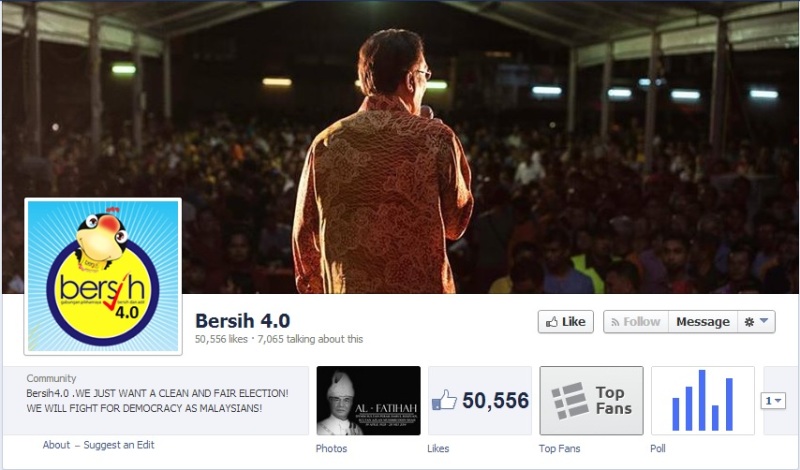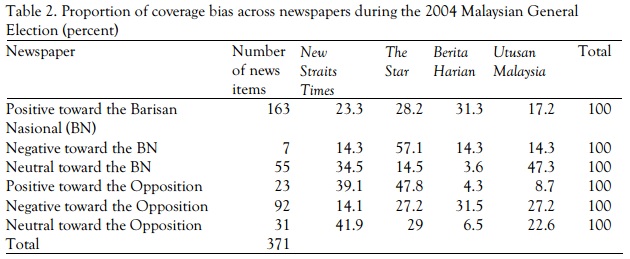
Picture taken from: http://0.tqn.com/d/sociology/1/0/S/0/-/-/flashcards-_intersectionality1323387834491.png
The Intersectional Theory suggests that oppression and discrimination happen due to more than one individual factor; to be more specific, various categories such as gender, race, class, ability, sexual orientation, caste and other axes of identity work in concert to create inequality (Kidd 2009). This theory about the interlocking systems of oppression was first conceived in 1989 by Kimberle Williams Crenshaw who highlights that observations that do not take intersectionality into consideration cannot accurately address the manner in which oppression takes place. The term was later reintroduced by Patricia Hill Collins, Professor of Sociology at the University of Maryland who agrees that cultural patterns of oppression are not only interrelated, but are bound together and influenced by the intersectional systems of society, such as race, gender, class, and ethnicity.
Before entering the BCM310 lecture on Monday morning, my mind always functioned objectively, thinking of an issue as it is, oblivious to the fact that oppression is more than a one-dimensional issue. As the lecture went on, and as I continued to look further into the topic, it came to realization that our world is the way it is because I was like most people, I was blinded. I was looking at single pieces of a huge puzzle, unknowing that they all fit to make a bigger picture.
“There is no single type of oppression, and there is none that is most important to tackle first. We must look at how these oppressions interact with one another and attempt to mitigate these circumstances. We can never get anything done if we continue to think one-dimensionally.” – Zoe Starvi (2014)
Many of times, issues relating to black women comes into focus as their unique situation at the focal point where two exceptionally powerful and prevalent systems of oppression come together: race and gender (Collins n.d.). Similarly, Muslim women across the globe who face adversity as a result of their practices of wearing burqas and hijabs also fall under the microscope for scrutiny. More than one factor is at play once again; this time it points to gender and religion. These two simple illustrations are adequate to call attention to the fact that the systems of oppression, domination or discrimination are governed by more than one variable at a time; the interplay of each variable results in multiple dimensions of disadvantage (Macionis & Gerber 2010).
Therefore, it can be said that the issues that we face today, all forms of oppressions, every form of ‘isms’, will perpetuate until the day that people see the bigger picture.
References
Collins, PH n.d., Intersecting Oppressions, accessed 6/6/2014, http://www.uk.sagepub.com/upm-data/13299_Chapter_16_Web_Byte_Patricia_Hill_Collins.pdf
Kidd, D 2009, Intersectional Theory, accessed 6/6/201, 4http://www.slideshare.net/dustinkidd1/intersectional-theory
Macionis, JJ, Gerber LM 2010, Sociology Seventh Canadian Edition, Pearson Education, Canada.
Starvi, Z 2014, Media Feminists and Intersectionality, The Occupied Times, accessed 6/6/2014, http://theoccupiedtimes.org/?p=8045



















